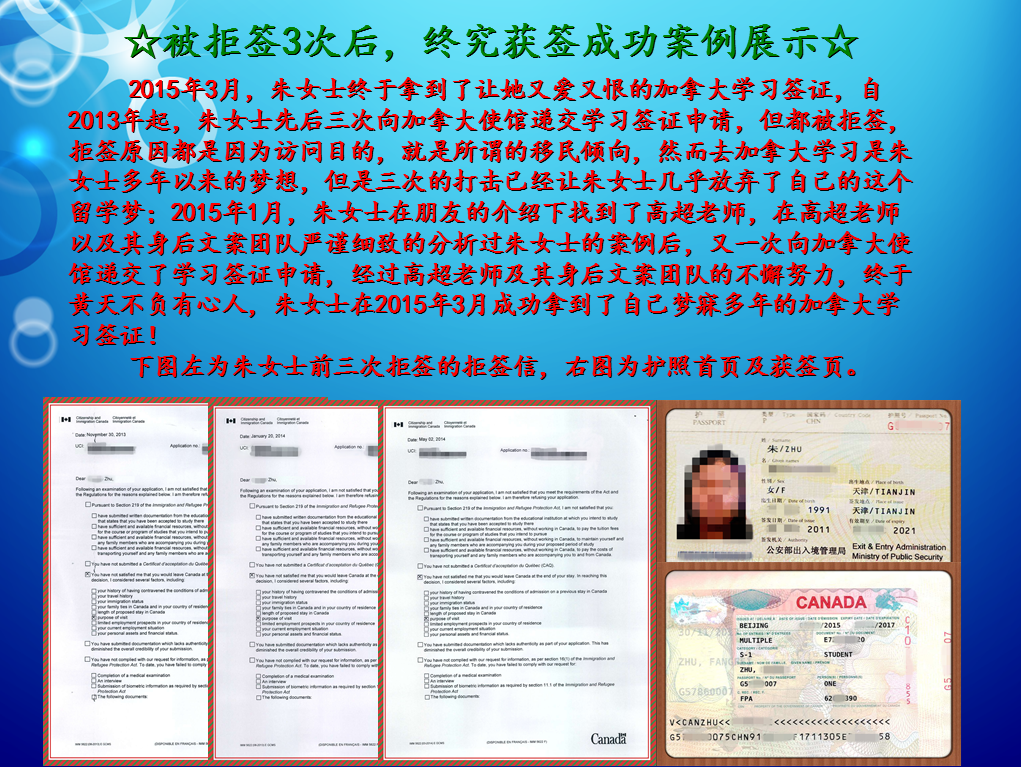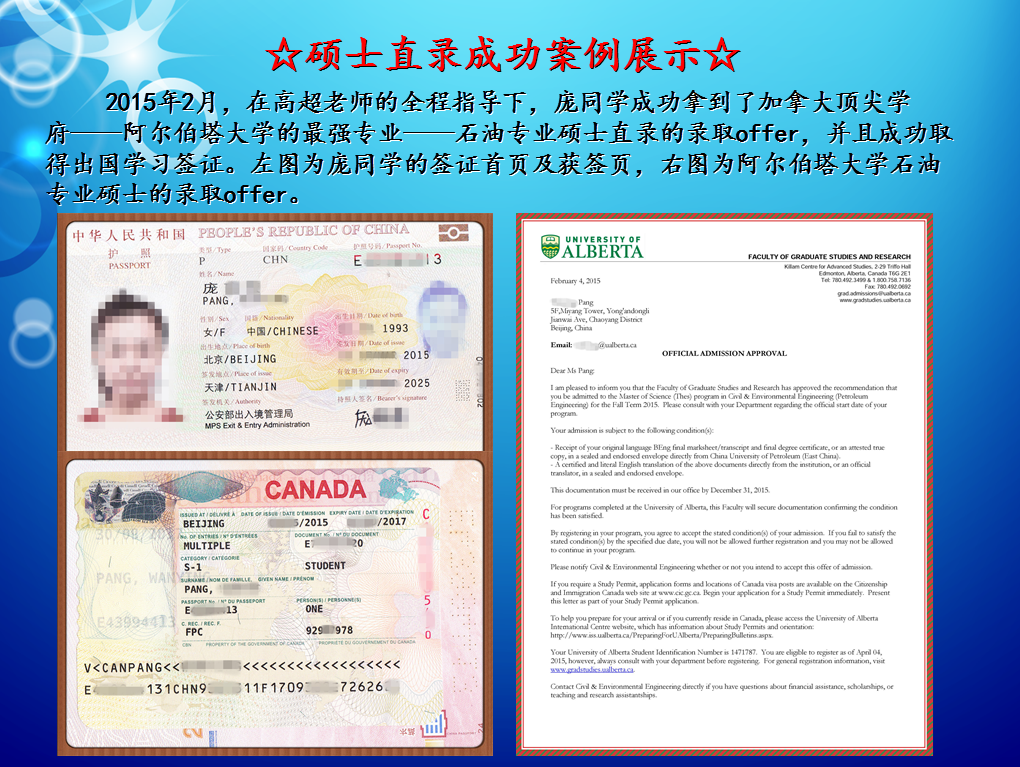【TED系列精华演讲-在体内漫游寻找癌细胞的小颗粒】演讲中/英对稿解读
2017-07-18 557阅读
摘要:癌症是世界上公认的夺去人类生命最多的疾病之一,并且我们知道很多情况癌症因为其快速的扩散性几乎是不治之症!但是企业家Sangeeta Bhatia 女士领导的交叉学科实验室运用新奇的手段去研究,诊断和治愈人类疾病。
没有昂贵的检测手段甚至稳定的电力,我们能够在癌细胞伤害我们之前找到癌变肿瘤么?医生,生物工程师,企业家Sangeeta Bhatia 女士领导的交叉学科实验室运用新奇的手段去研究,诊断和治愈人类疾病。她的目标是:三分之二致死的癌症是完全可以治愈的。思路清晰的她深入浅出地解释了复杂的纳米分子科学并且分享了她梦想通过简易检测挽救成千上万生命的想法。
究竟是不是真的像是她所讲的那样可以实现呢?想知道Sangeeta Bhatia在她的演讲中究竟讲了哪些东西?快和澳际君一起来看看TED精华演讲——在体内漫游寻找癌细胞的小颗粒中英文演讲的原文吧:
英文演讲稿:
In the space that used to house one transistor, we can now fit one billion. That made it so that a computer the size of an entire room now fits in your pocket. You might say the future is small.
As an engineer, I'm inspired by this miniaturization revolution in computers. As a physician, I wonder whether we could use it to reduce the number of lives lost due to one of the fastest-growing diseases on Earth: cancer. Now when I say that, what most people hear me say is that we're working on curing cancer. And we are. But it turns out that there's an incredible opportunity to save lives through the early detection and prevention of cancer.
Worldwide, over two-thirds of deaths due to cancer are fully preventable using methods that we already have in hand today. Things like vaccination, timely screening and of course, stopping smoking. But even with the best tools and technologies that we have today, some tumors can't be detected until 10 years after they've started growing, when they are 50 million cancer cells strong. What if we had better technologies to detect some of these more deadly cancers sooner, when they could be removed, when they were just getting started?
Let me tell you about how miniaturization might get us there. This is a microscope in a typical lab that a pathologist would use for looking at a tissue specimen, like a biopsy or a pap smear. This $7,000 microscope would be used by somebody with years of specialized training to spot cancer cells. This is an image from a colleague of mine at Rice University, Rebecca Richards-Kortum. What she and her team have done is miniaturize that whole microscope into this $10 part, and it fits on the end of an optical fiber. Now what that means is instead of taking a sample from a patient and sending it to the microscope, you can bring the microscope to the patient. And then, instead of requiring a specialist to look at the images, you can train the computer to score normal versus cancerous cells. 要看到完整版本的英文演讲原文,你可以点击查看这里:TED演讲【在体内漫游寻找癌细胞的小颗粒】【内含中英文对照演讲稿】
中文演讲稿:
在以前,可以放置一个晶体管的空间 现在可以放10亿个。 这导致曾经占据了一整个房间的电脑 现在可以放在你的口袋里。 也许你会说未来东西都会越来越小。
作为一个工程师, 我受到了电脑微型化的启发。 作为一名医生, 我想知道我们可否用这个技术挽救更多的生命, 他们都死于地球上蔓延最快的疾病之一, 癌症。 如今当我这样说的时候, 许多人认为我说的是我们在研究治愈癌症。 我们的确是。 但是结果是, 通过及早发现和预防癌症 就会有极大的机会拯救生命。
在全球,用我们今天已有的技术,超过三分之二因癌症导致的死亡 都是完全可以避免的。 包括疫苗接种,定期筛查, 当然还有,停止抽烟。 但是就算使用如今我们拥有的最先进的工具和手段, 一些肿瘤仍然无法被探测到, 直到它们已经生长了十年才被发现, 这时已经积累了5000万的癌细胞了。 要是我们有更好的技术 在癌细胞刚刚产生时,在还可以被铲除时就能更快 监测到一些更为致命的癌症, 会怎么样呢?
让我来告诉你们微型技术如何可能让我们如愿。 这是一个普通实验室中的显微镜, 病理学家用它观察组织标本, 就像活体切片或巴氏涂片。 这个7000美元的显微镜 可以被受过几年专业训练的人 用来检测癌细胞。 这张图片来自于我莱斯大学的同事, 丽贝卡·理查兹科图姆。 她和她的团队实现了微缩这整个显微镜 到这个价值10美金的部件中, 可以把它安装在光纤的一端。 这意味着无需在患者身上取得一个样本, 并送到显微镜下检查, 你可以直接就把显微镜带入病人体内。 并且,不用要求一个专业领域的人来观察这个图像, 你直接可以训练电脑去比对正常和癌变的细胞。 想要看到完整版本的英文演讲原文,你可以点击查看这里:TED演讲【在体内漫游寻找癌细胞的小颗粒】【内含中英文对照演讲稿】
留学咨询
更多出国留学最新动态,敬请关注澳际教育手机端网站,并可拨打咨询热线:400-601-0022
留学热搜
相关推荐
- 专家推荐
- 成功案例
- 博文推荐

Copyright 2000 - 2020 北京澳际教育咨询有限公司
www.aoji.cn All Rights Reserved | 京ICP证050284号
总部地址:北京市东城区 灯市口大街33号 国中商业大厦2-3层









高国强 向我咨询
行业年龄 12年
成功案例 3204人
留学关乎到一个家庭的期望以及一个学生的未来,作为一名留学规划导师,我一直坚信最基本且最重要的品质是认真负责的态度。基于对学生和家长认真负责的原则,结合丰富的申请经验,更有效地帮助学生清晰未来发展方向,顺利进入理想院校。
Amy GUO 向我咨询
行业年龄 17年
成功案例 4539人
一切的一切从现在开始.用自己的态度闯出一片天
薛占秋 向我咨询
行业年龄 11年
成功案例 1869人
从业3年来成功协助数百同学拿到英、美、加、澳等各国学习签证,递签成功率90%以上,大大超过同业平均水平。
Tara 向我咨询
行业年龄 7年
成功案例 1869人